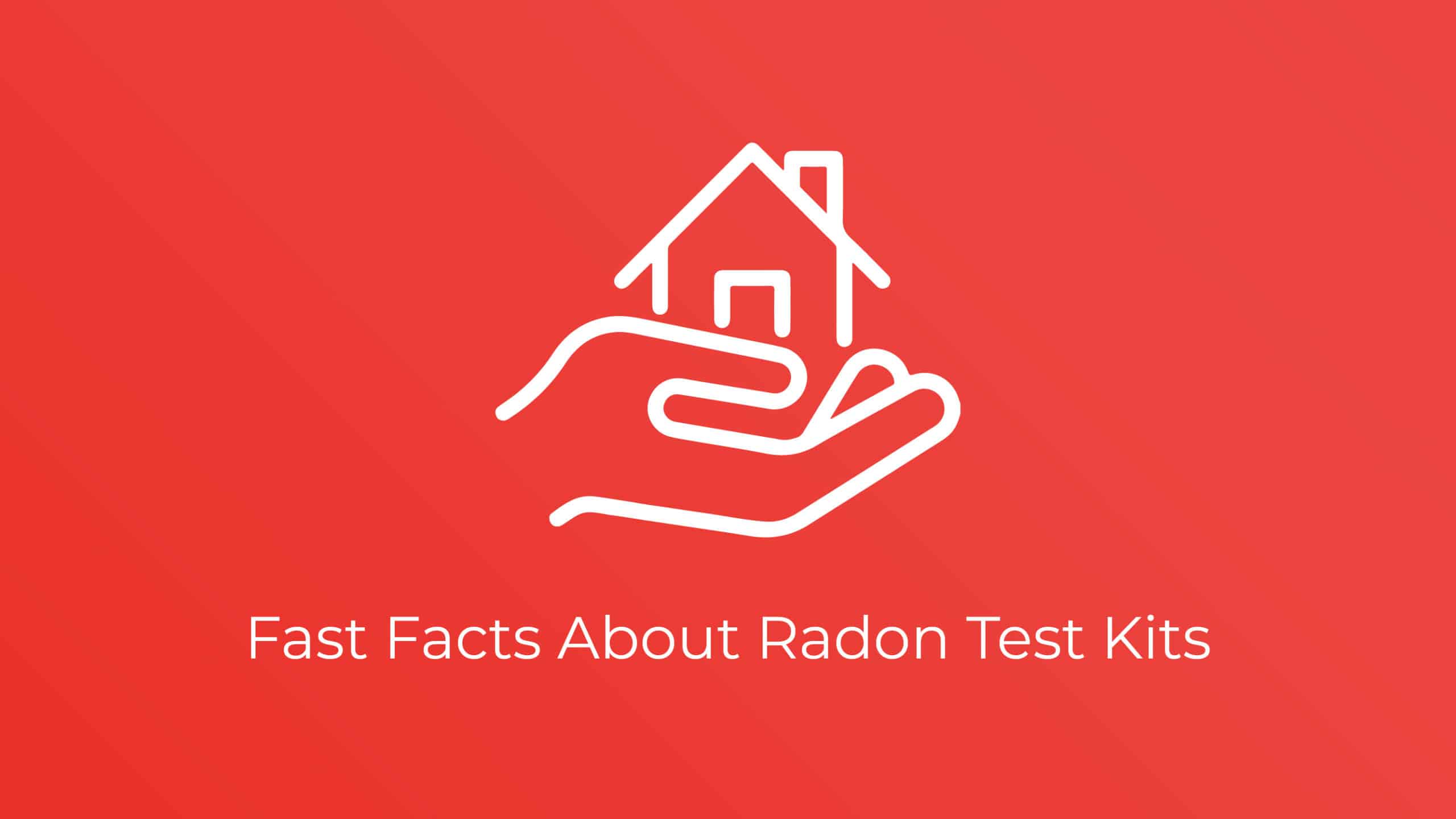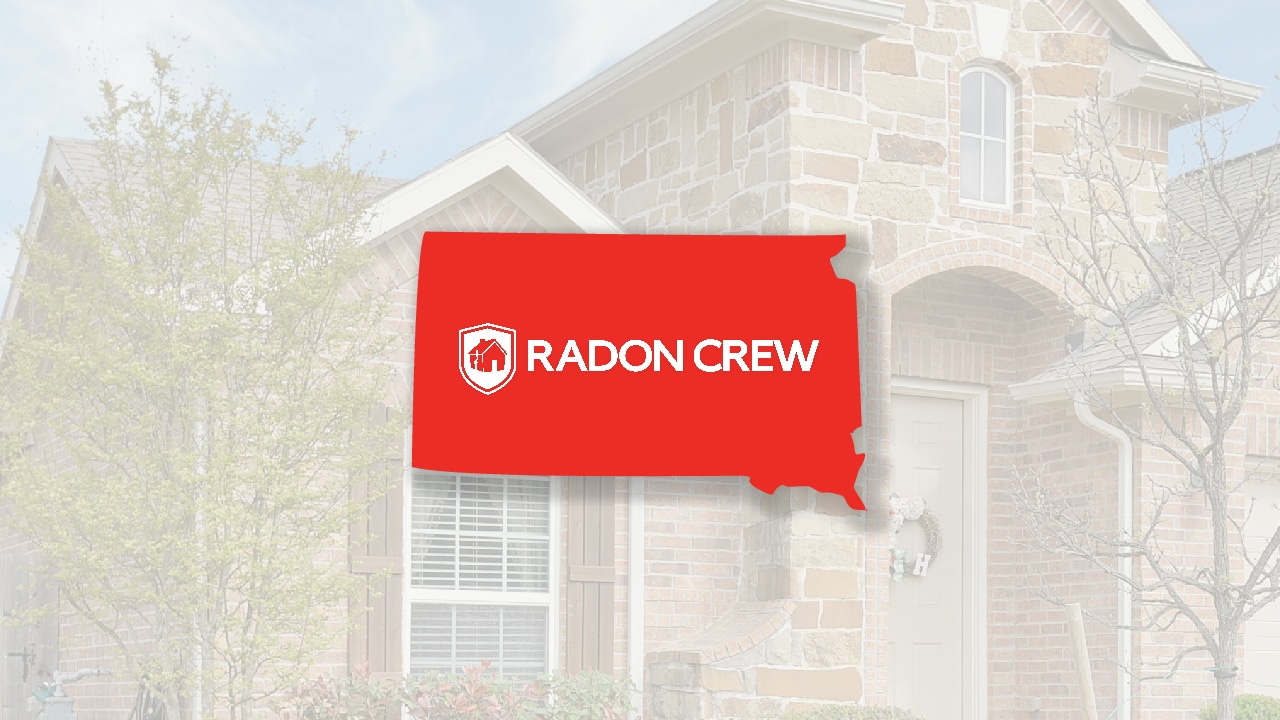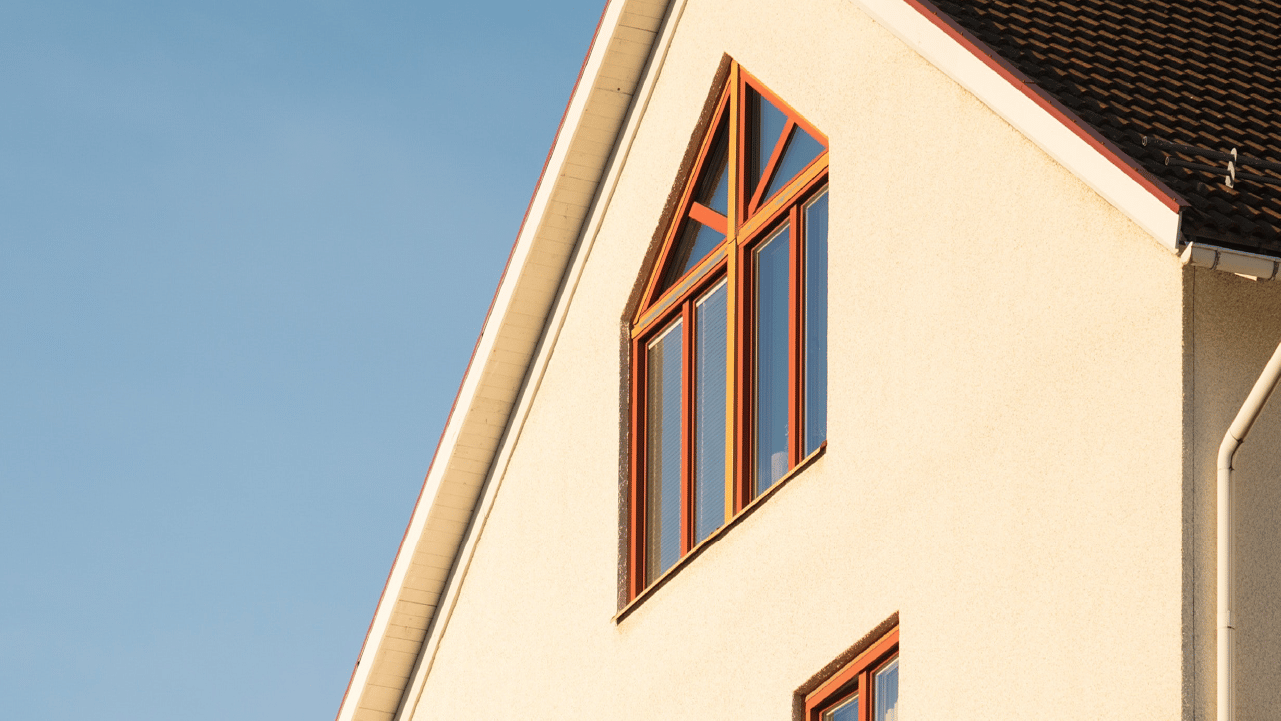Do You Use a Radon Detector? Here’s How They Work.
Radon, a radioactive gas originating in the soil, rock and water beneath a house’s foundation, is extremely hazardous to our health. Odorless, colorless and tasteless, it is impossible for humans to detect radon without the use of specialized equipment. Radon Detectors are used to monitor the amount...









